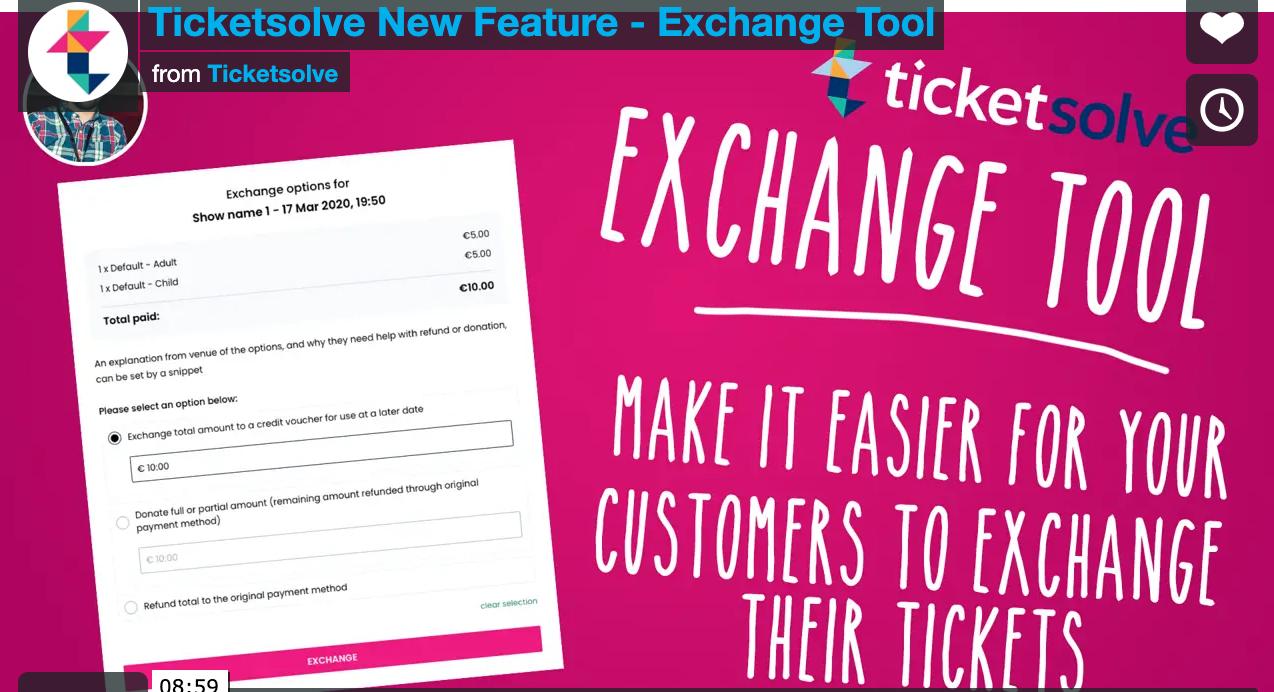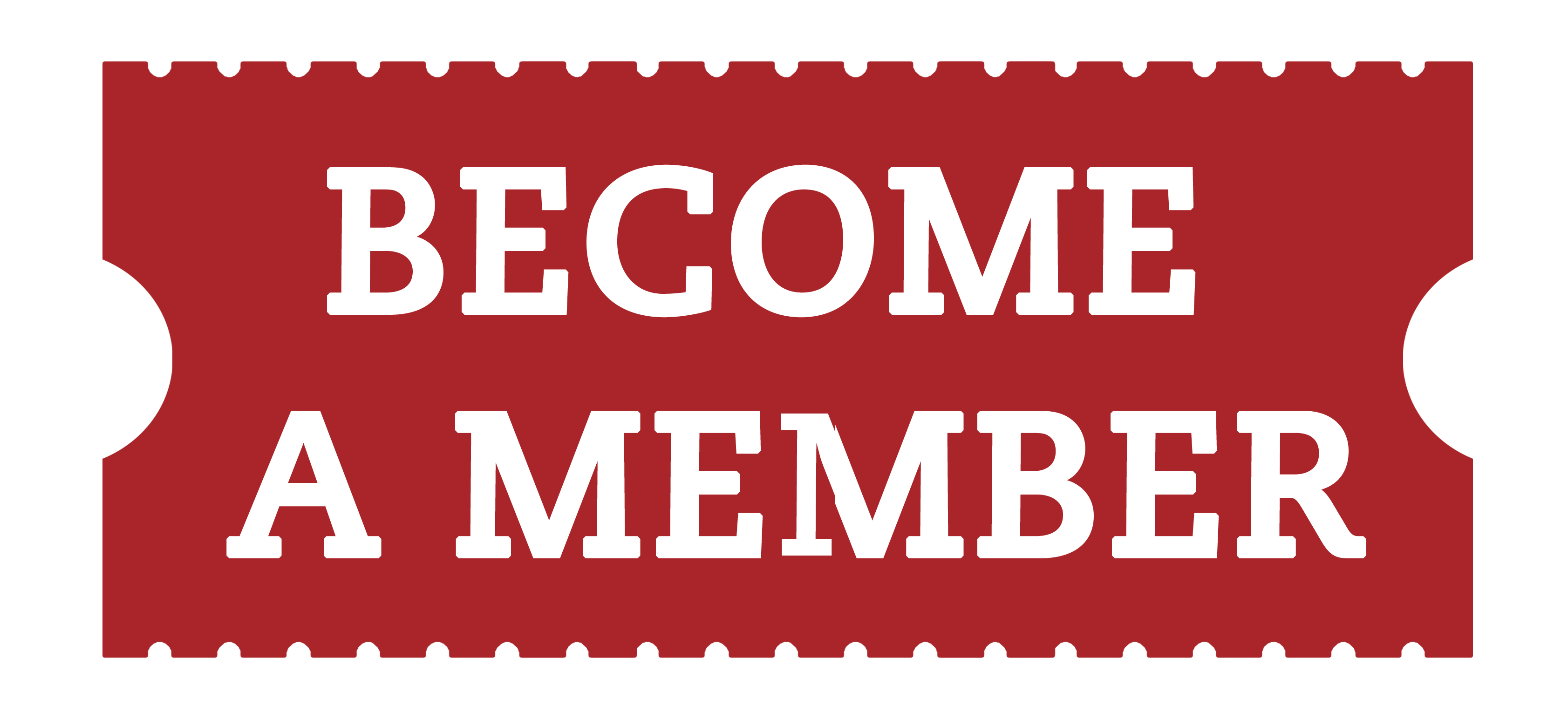Strategic Planning to Secure the Future: Baker Richards

At the moment, the only certainty is uncertainty. But there is some light at the end of the tunnel. In both Ireland and the UK, many experts believe the peak of Covid-19 has hit - or is very near to hitting. This means that the end (or at least some form of an end) could be nigh (in a good way).

We recently spoke to Baker Richards leading international provider of consulting services and software for the arts & cultural sector. During the podcast, David Reece & Robin Cantrill-Fenwick shared their bounce-back strategies for the arts and addressed best practices to plan for future reopening after closures.
What can you do right now?
Baker Richards outlined three core actions arts and cultural organisations can take right now.

-
Admissions: ticket sales.
-
Affiliation: memberships, loyalty schemes, volunteers, donations, etc.
-
Ancillary: Food, beverage, merchandise, etc.
“Organisations should seek to maximise the income from their customer base by optimising sales across these three areas; cross-selling and up-selling between each. The pricing of all three areas is inherently related. For example, changing the price of admissions may directly affect the perceived value of an affiliation programme, where benefits include free or discounted admission. In all cases, the prices charged for one element affect a customer’s perceptions of the prices being charged in another area”.
Maximising Revenues and Retaining Income

Financial security is certainly at the forefront of everyone's minds - it has to be. Baker Richards suggests three key areas to consider when looking at how to maximise your revenues: retaining income, using segmentation to find your most valuable customers and dealing with discounts.
Retaining Income Where Possible
Closures have of course, meant cancelled performances. Mass refunds have the potential to seriously damage the financial health of arts and cultural organisations. But don't assume that "cancelled" equals "refund". The Ticket Exchange Tool, we launched in the early days of the closures, is designed to help organisations retain revenues. The tool gently encourages customers to convert ticket purchases into a donation or credit voucher. To date, Ticketsolve customers have seen 52% of ticket revenue either donated or transferred to credit voucher.

“The Ticket Exchange Tool has transformed what otherwise would have been a daunting and tedious process for our team here at Ipswich Regent Theatre. The tool is optimised within Ticketsolve meaning that there is no manual effort required. Their team has worked with us from the beginning of this pandemic, developing and growing the tool to respond to our changing needs and most importantly, to fulfil the expectations of our audience members and minimise the impact of cancellations and postponements for our customers and staff”.
Segmentation
It’s fair to say that audience members interact with your organisation in different ways. Segmentation is important if you want to maximise income.
Start with Your Membership Scheme

Best Practices for Segmentation
- Frequency - How often a customer visits
- Recency - How recently have they last visited
- Purchase Value -How much do they spend per visit
Are Discounts Your Best Tactic to Draw Audiences Back?

Final Thoughts
Categories
Recent posts
Archive
- December 2025 (2)
- November 2025 (1)
- October 2025 (3)
- September 2025 (1)
- August 2025 (3)
- July 2025 (3)
- June 2025 (3)
- May 2025 (4)
- April 2025 (5)
- March 2025 (5)
- February 2025 (4)
- January 2025 (4)
- December 2024 (3)
- November 2024 (5)
- October 2024 (4)
- September 2024 (7)
- August 2024 (5)
- July 2024 (3)
- June 2024 (3)
- May 2024 (3)
- April 2024 (3)
- March 2024 (4)
- February 2024 (5)
- January 2024 (3)
- December 2023 (3)
- November 2023 (4)
- October 2023 (4)
- September 2023 (5)
- August 2023 (3)
- July 2023 (4)
- June 2023 (4)
- May 2023 (5)
- April 2023 (4)
- March 2023 (4)
- February 2023 (5)
- January 2023 (4)
- December 2022 (4)
- November 2022 (3)
- October 2022 (4)
- September 2022 (5)
- August 2022 (2)
- July 2022 (4)
- June 2022 (5)
- May 2022 (4)
- April 2022 (5)
- March 2022 (3)
- February 2022 (4)
- January 2022 (4)
- December 2021 (2)
- November 2021 (3)
- October 2021 (5)
- September 2021 (4)
- August 2021 (4)
- July 2021 (3)
- June 2021 (4)
- May 2021 (2)
- April 2021 (4)
- March 2021 (5)
- February 2021 (4)
- January 2021 (5)
- December 2020 (4)
- November 2020 (4)
- October 2020 (5)
- September 2020 (5)
- August 2020 (4)
- July 2020 (7)
- June 2020 (5)
- May 2020 (5)
- April 2020 (5)
- March 2020 (8)
- February 2020 (4)
- January 2020 (5)
- December 2019 (3)
- November 2019 (5)
- October 2019 (4)
- September 2019 (4)
- August 2019 (5)
- July 2019 (4)
- June 2019 (4)
- May 2019 (5)
- April 2019 (4)
- March 2019 (4)
- February 2019 (3)
- January 2019 (5)
- December 2018 (4)
- November 2018 (8)
- October 2018 (2)
- September 2018 (3)
- August 2018 (5)
- July 2018 (4)
- June 2018 (4)
- May 2018 (1)
- April 2018 (1)
- March 2018 (3)
- February 2018 (2)
- December 2017 (2)
- November 2017 (3)
- October 2017 (4)
- September 2017 (2)
- August 2017 (1)
- July 2017 (5)
- June 2017 (3)
- May 2017 (2)
- April 2017 (3)
- March 2017 (2)
- February 2017 (3)
- January 2017 (3)
- December 2016 (4)
- November 2016 (1)
- September 2016 (1)
- July 2016 (3)
- June 2016 (1)
- May 2016 (2)
- April 2016 (2)
- February 2016 (1)
- January 2016 (3)
- December 2015 (2)
- September 2015 (1)
- August 2015 (2)
- July 2015 (1)
- June 2015 (2)
- May 2015 (2)
- April 2015 (5)
- March 2015 (2)
- February 2015 (2)
- January 2015 (4)
- December 2014 (3)
- November 2014 (3)
- October 2014 (2)
- September 2014 (3)
- August 2014 (3)
- July 2014 (3)
- June 2014 (7)
- May 2014 (6)
- April 2014 (3)
- March 2014 (2)
- February 2014 (1)
- January 2014 (3)
- December 2013 (1)
- August 2013 (1)
- June 2013 (1)
- April 2013 (1)
Sign up for regular updates


